|
The Importance of Music and Games in main lesson #Modernwaldorf #homeschooling #homeeducation #homeed #teachAustralia #lessons #teachingwellbeing #Waldorfcurriculum #steiner
https://www.youtube.com/watch?v=-0ztL4qwyW4&t=4s
0 Comments
Are Steiner philosophies relevant in the information age? Why is taking a holistic approach so important in 2023? #Steiner #homeschool #curriculum #holistic #steinereducation #Waldorf #waldordeducation #Education #homeschooling
https://www.youtube.com/watch?v=_2vT6XgrYpY 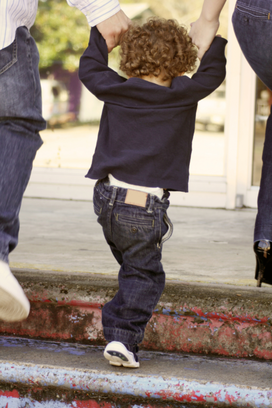 Parenting is an art in which the parents are the sculptors and the children are the stone that is being sculpted. It is through the tool called “discipline” that the parents achieve this feat. The most important and the very first contact a child has with this outer world is with his or her parents. They make a long-lasting impact on the lives of every child. Whenever children make mistakes, parents discipline them so that they won’t make the same mistake again, but sometimes this disciplining doesn’t always give the intended result. Some may take severe measures to discipline their children while others take the least measure to do this. The doctrine of proportionality says that “the measure must not be more drastic than is necessary for attaining the desired result”. It is in finding the balance between these two that the best parenting lies. Before judging whether the children are right or wrong, we should listen to them. As the moral and ethical standards in them are still evolving, they fail to recognise between right and wrong. The intention in the mind of the child may be good while the action which they have taken might be wrong. In these kinds of situations, parents should understand the underlying intentions and try to augment the good part by making them understand the right way to show their emotions. Every action has its own consequences and like that, every action also has an underlying reason. Sometimes the behaviour of the children must be nothing but the imitation of what the parent shows them. Children are like white paper. Whatever we show them through our habits, they grasp them very easily. If we need to make a difference then we have to be a model for them, because we are their first teacher. We all must have heard that “prevention is better than cure”. Preventing undesirable behaviour from happening is better than curing the behaviour. We need to identify the root cause of the behaviour. Apart from parents, a child’s behaviour is determined by other external factors like TV, social media, friends, etc. It is true that we cannot always be on surveillance, but we can spend some time every day talking to them and knowing what happened at school. Believe me, children love talking. Once you initiate the conversation, you will get all the details that happened in the school. Thus we will get to know the source of the bad behaviour if there is any. This will help us in taking away the root cause or to at least be cautious of the upcoming behaviour. There's an old adage that says, "I am their parent, not their frined.'" While this may be partly true, it's also important for us to be a safe space for our chidlren - someone they can go to in times of need. When something happens, they should think “my parents are there for me to help me". There is nothing wrong with disciplining them but there is a right way, right time and right level for this. We should also make sure that our molding methods are not breaking their hearts and affecting them mentally. Also, the disciplining steps shouldn’t be used to force your own ideologies onto them. Khalil Gibran said about children - “They came through you but not from you and though they are with you yet they belong not to you.” At the end of the day, they are children. Love them and show them how to love. Nourish them and show them the right path. Teach them how to think but do not think for them. Make sure that while sculpting, not to be very harsh on them. Only chip away those parts that would bring out the best sculpture in them. A few people have asked me what 'holistic teaching' means. One way to answer this, is to discuss the whole child or person. We don't just need academic skills in life. We need social, emotional and spiritual connection and understanding about ourselves, others, and the world around us. We also, as humans, need REAL, practical ways to connect. Practicing 'soft skills' or skills that lend themselves to a growth mindset should be both explicit (taught directly and understood through story, art and discussion) as well as implicitly (living through experiences and reflecting upon them). Growth Mindset is not a new thing, but the language surrounding it is relatively new in classrooms. "One of the most basic beliefs we carry about ourselves, Dweck (Stanford Psychologist Carl Dweck) found in her research, has to do with how we view and inhabit what we consider to be our personality. A “fixed mindset” assumes that our character, intelligence, and creative ability are static givens which we can’t change in any meaningful way, and success is the affirmation of that inherent intelligence, an assessment of how those givens measure up against an equally fixed standard; striving for success and avoiding failure at all costs become a way of maintaining the sense of being smart or skilled. A 'growth mindset,' on the other hand, thrives on challenge and sees failure not as evidence of unintelligence but as a heartening springboard for growth and for stretching our existing abilities. Out of these two mindsets, which we manifest from a very early age, springs a great deal of our behavior, our relationship with success and failure in both professional and personal contexts, and ultimately our capacity for happiness." - Maria Popva Fixed versus Growth Mindsets I have developed some Growth Mindset or soft skills cards for discussions or to stick on the walls, so that families might introduce these skills explicitly. Email or comment below with questions! Hayley
Who Ate the Whole Pizza? 1 large pizza made by dad, 8 big slices I will have! Dad comes along and eats up a slice, 1 part gone, now that’s not nice! 7 out of 8 are left. 1 large pizza made by dad, 7 whole slices I will have! Mum comes along and eats up a slice, 2 parts gone, now that’s not nice! 6 out of 8 are left. 1 large pizza made by dad, 6 whole slices I will have! Brother comes a long and eats up a slice, 3 parts gone, now that’s not nice! 5 out of 8 are left. 1 large pizza made by dad, 5 whole slices I will have! Sister comes along and eats up a slice, 4 parts gone, now that’s not nice! 4 out of 8 are left (that’s half). 1 large pizza made by dad, Things are looking really sad. Granny comes along and eats up a slice, 5 parts gone, now that’s not nice! 3 out of 8 are left. 1 large pizza made by dad, 3 big slices I will have! Poppy comes along and eats up a slice, 6 parts gone, now that’s not nice! 2 out of 8 are left. 1 large pizza made by dad, 2 big slices I will have! Puppy comes along and eats up a slice, 7 parts gone, now that’s not nice! 1 out of 8 are left. 1 large pizza made by dad, 1 big slice I will have! Better eat it quick. GULP! By Miss Hayley There are few koalas left and we need to help the problem. There are about 43, 000 koalas left in the wild. We need to act now otherwise our beloved koalas will go extinct. Adopting koalas and keeping them as pets is a good way to solve the problem, but we all have to get on board.
Some people believe koalas are vicious but that is not the case. There are some occasions that koalas have attacked dogs or even humans, but they are pretty mild. There's no real reason to be nervous. If koalas are raised by humans it is less likely for them to be dangerous. If you plan to adopt a koala in the future you will have to prepare and learn how to handle them. If koalas are going to become pets you must have the right food for them. An adult koala eats between 200 to 500 grams of leaves each day. Koalas eat mainly eucalyptus leaves (gum leaves). Occasionally they will eat the leaves from some other native Australian trees, and they also use certain trees just for resting in. Owners should have a least two and a half acres and a constant source of gum leaves. A certified wildlife carer should assess fencing. Fencing should not have tall trees within a certain distance from the fence. Always have a rope near your pool, otherwise koalas can drown. Unfortunately koalas carry diseases. Most of the koala population carry chlamydia. Approximately 90% of koalas have chlamydia. This is a huge problem that we need to fix! Koalas get chlamydia because they eat their mother's pap before they come out of their pouch. Pap is poo to get them ready for their toxic gum leaves. Koalas first contracted Chlamydia through eating livestock faeces, more specifically sheep. One way to solve this problem is to breed koalas that don't have chlamydia and don't let them near livestock. As mentioned fencing should be secure and safe enough for Koalas and owners should let nearby Farmers know that koalas are coming to the area. Donating to Koala foundations is good, but wouldn't it would be better if we actually adopted a koala? Let's not let our icons become extinct. References https://www.savethekoala.com/about-koalas/diet-habitat https://www.newscientist.com/article/mg18825295-500-koalas-need-a-big-home-on-the-range/ https://www.savethekoala.com/about-koalas/koala-endangered-or-not https://www.environment.sa.gov.au/news-hub/news/articles/2019/01/the-great-koala-ride 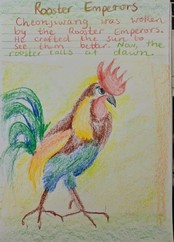 Oh my goodness, year 3 creation stories, where do I begin? I love the idea that grade 3 need stability - they need us to be their anchor as their little worlds change so dramatically. But there are so many differences in creation stories from country to country, religion to religion. So what do we do? We teach them all! Respectfully, of course. In grade three we tend to be a little fearful of contradiction, after all, this is the year we start to get 'called out.' One thing I've learned in my curriculum writing and teaching journey is that the common thread of creation stories are not dependent on complete consistency. What I've learned is that the common threads in the stories come through: -the beginning -something stirred -the stars, moon, sun, and Earth formed -animals and humans were molded or came forth -Life abounded The consistency really is there, and that's all the children need at this stage. Another struggle here is if you are highly religious, or far from religious ... some of the stories might trigger your beliefs or disbelief. It's important to step back a moment and ask what creation stories teach us -that we all have ideas about existence -that we respect all cultures, and their beliefs -that the stories are beautiful, as is life So, if you're about to begin, here's some direction for story or poem choices: 1. Genesis 2. The Rooster Emperors 3. Mother Earth 4. Father Sun 5. Pangu Creation Story 6. Tenchikaibyaku 7, Tepeu the Maker 8. Norse Mythology 9. Cherokee Creation Myth 10. Rangi and Papa Happy Learning, Miss Hayley Language is such an important part of education - being able to speak, listen, tell a story, retell, paraphrase etc. Story cards are a wonderful way to engage our younger learners, as they provide a visual stimulus in story telling. Ask children to pick a card and create a story. Even better, get out some 'characters' in the form of paper puppets or toys. -Download -Laminate -Cut up -and reuse :) Enjoy! Miss Hayley
Homeschoolers on the Gold Coast - Why it’s a great place to be when you’re a homeschooling family12/1/2018 When I started my business in 2017, I had very little idea about homeschooling. I stepped out of teaching after 13 years (I went straight from highschool to uni, to teaching, so I’ve literally been at school since I was 5) and found myself in an amazing new world. One family of homeschoolers came to me for tuition, then the next minute, I was getting daily phone calls. When it comes to homeschooling, there are plenty of us on the Gold Coast, Australia.
I learned the rules and requirements over time, through online groups (thank you, Facebook) and through chatting with a multitude of families all over Australia who have elected to, or are thinking about, homeschooling. And, man, are there a plethora of people taking this option up! I’ve worked with the Government on how to ensure my tuition centre follows proper protocol, and I’ve learned we are building something special here - an alternative. I'm excited and honoured to be a part of it. In my experience so far (which is only a little over a year), the first thing that can happen to a parent or carer when they think about the homechool option is a flood of fear. How can I do this? How hard will it be? Will I ever have time to myself again? What is HEQ and why do they need my documents? Am I good enough? Not to mention the family members that do the eye-roll thing before they've done any actual research on the matter (this is even harder when it's your spouse). Breathe. This is normal.
So, what makes the Gold Coast so special? Power in numbers, people! There are THOUSANDS of homeschoolers across our sunshine state, and there are more every year. This has led to co-ops, tuition centres specifically catering to homeschoolers (plug, plug), nature and outdoor programs, the arts, dance, gymnastics, martial arts, mobile music vans, ALL SORTS of wonderful things for homeschoolers whereby you can kick back for an hour or 3 and relax … or get some uninterrupted work done. If you are lucky enough, you can pay for teachers to come to your home as well. Or, if you have the gumption, start your own co-op. Homeschooling does not have to be forever, either. Maybe your student has become disengaged, disenchanted, or feels heightened school anxiety. Maybe you have always wanted to homeschool, but didn’t know where to start. At the end of the day, every child is different. Whether they go to a state school, independent or catholic school, or whether they homeschool - what’s best for YOUR child is most important. Lastly, don’t fear the National Curriculum. It’s actually quite helpful. It’s a ‘free resource’ for what students are doing at certain ‘ages.’ It even has assessment samples and videos. In this information age, we have everything we need at the tips of our fingers
Miss Hayley One of my favourite teaching tools is the multiplication grid!
You can start with a simple 5 x 5 grid in order, move onto a 10 x 10, then as children become more and more adept at their times tables, you can put the numbers out of order (this is when they are relying less and less on their number patterns and are getting much better at other strategies). Here is a little look at a rainbow grid, not perfect, but carefully done! These can be done quickly in lead pencil during a middle session, as well. They can even be done on holidays, like Sudoku ... I'm sure there's nothing that will thrill your homeschoolers more ;) Enjoy Hayley |
|||||||||||||
Photo from Tambako the Jaguar

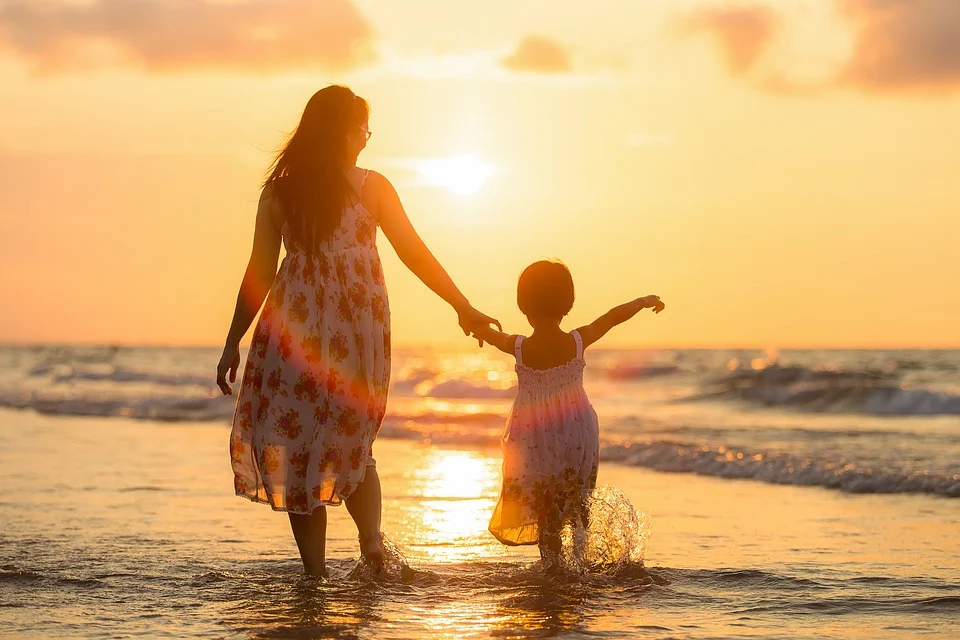
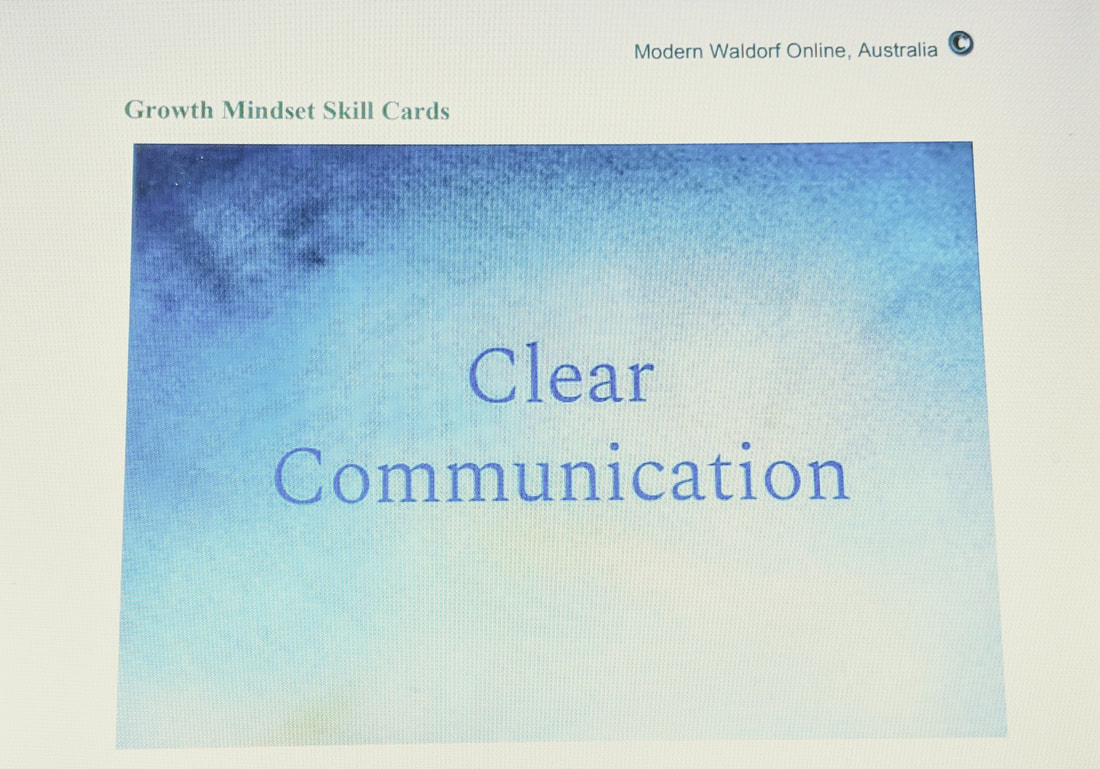

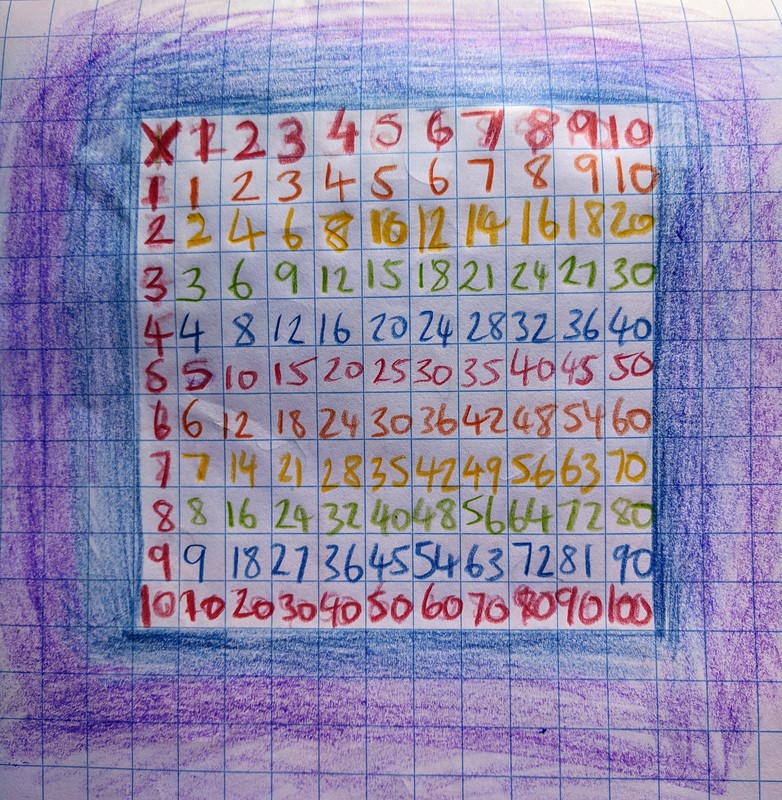
 RSS Feed
RSS Feed
